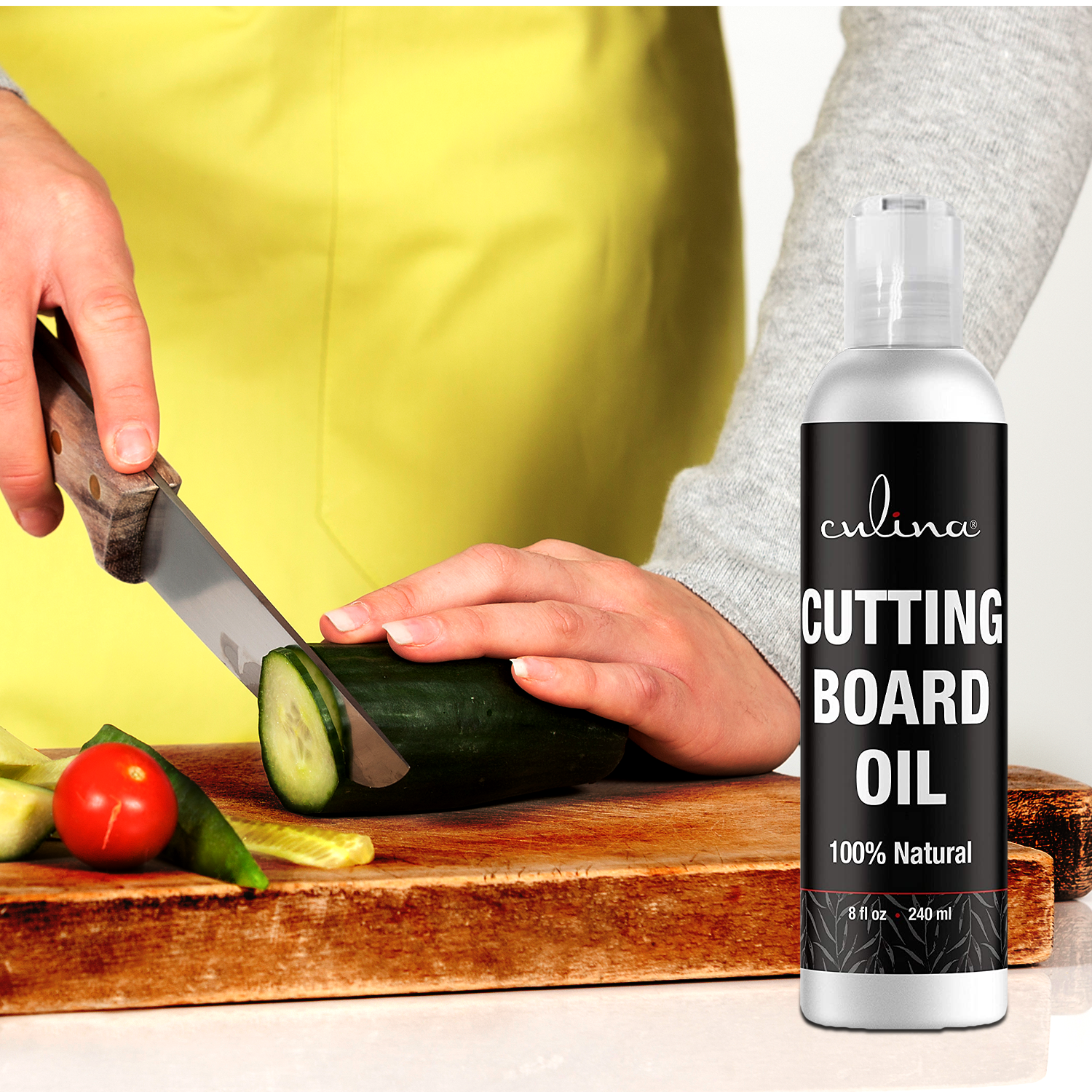Are you struggling with your wood cutting board? If you’re unsure about how to reseal a wood cutting board, you’re in the right place! Let’s dive into a detailed guide on how to restore and maintain the beauty and functionality of your board.

The Importance of Resealing Your Wood Cutting Board
Wood cutting boards are favored by many kitchen professionals for their durability and knife-friendly surfaces. But without proper care, they can become damaged. Resealing helps protect the wood from moisture, stains, and bacteria.
Signs Your Wood Cutting Board Needs Resealing
- Dry or cracked appearance
- Absorbing liquids rapidly
- Unpleasant odors
- Surface roughness

Materials Needed for Resealing
- Sandpaper (120 and 220 grit)
- Food-safe mineral oil or butcher block conditioner
- Clean, lint-free cloths
- Warm soapy water
- Dry towel
Step-by-Step Guide on How to Reseal a Wood Cutting Board
Step 1: Cleaning the Board
Begin by thoroughly washing the cutting board with warm soapy water. Ensure all food particles and stains are removed before drying it completely with a towel.
Step 2: Sanding the Surface
Use the 120-grit sandpaper to sand the surface of the board lightly. Follow up with 220-grit sandpaper for a smoother finish. Always sand in the direction of the wood grain to avoid scratches.
Step 3: Applying the Oil
Pour a generous amount of food-safe mineral oil or butcher block conditioner on the board. Use a clean, lint-free cloth to rub the oil into the wood, following the grain. Let the oil soak in for several hours or overnight.
Step 4: Removing Excess Oil
After the oil has soaked in, use a clean cloth to wipe off any excess oil. Your cutting board should now look refreshed and ready for use.

Maintaining Your Resealed Cutting Board
Regular Cleaning
Wash your cutting board with warm soapy water after each use. Avoid soaking it or using the dishwasher, as this can damage the wood.
Periodic Oiling
Apply a light coat of mineral oil or conditioner once a month to maintain the seal and keep the wood hydrated.
Proper Storage
Store your cutting board in a dry place, away from direct sunlight and extreme temperatures.
FAQs on How to Reseal a Wood Cutting Board
How often should I reseal my wood cutting board?
Resealing should be done every few months or when you notice signs of dryness or cracking.
Can I use any oil to reseal my cutting board?
No, it’s important to use food-safe oils like mineral oil or butcher block conditioner to avoid contamination.
What if my cutting board has deep cuts?
Deep cuts can harbor bacteria. Sand them down and reseal your board as soon as possible to keep it hygienic.
Cleaning Wooden BoardsCutting Boards 101cleaningchicken recipepork ribspork chopcook pernil
As an Amazon Associate, I earn from qualifying purchases.


